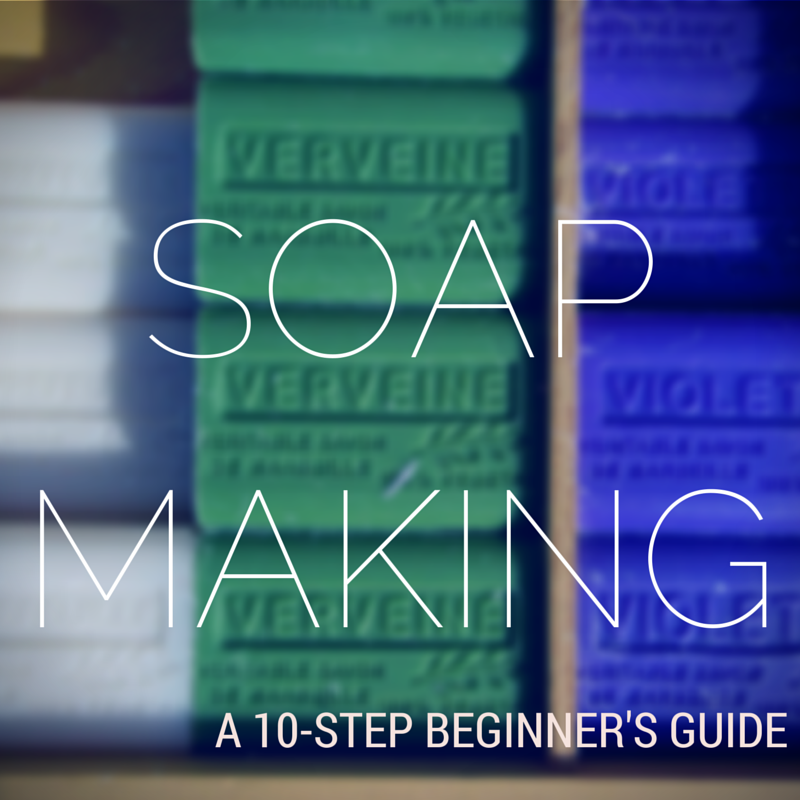Hey, shavers & soapers! Today I want to talk about the process of soap making itself. It’s a bit of basic information we’ll need to know in order to progress to more in-depth topics like the role of different fats, alkalis, and other finer points of shaving soap. This is a great place to start for soap making beginners.
You open your eyes. You’re a Sumerian, sometime around 2200 BC. Before you, you see a pot of cassia oil. Huh, that’s weird. You decide to pour the wood ashes in your hand into the pot. You’re not sure why you do this.
Some weird stuff happens in the pot. Later, you decide this stuff would probably wash your skivvies up a treat.
Yeah, you’re a weirdo. But you’re also one of the first soap makers in recorded history. You record this skivvy-salvaging recipe on a tablet for the sake of future generations, and set your legacy in stone… er, clay.
Thus went the noble birth of soap (with some artistic license). Since then, not a lot has changed.
Soap is made using a chemical process known as saponification – the chemical process that cleaves triglycerides in fats into fatty acids and glycerol (AKA glycerin).
This process is greatly sped up by a strong alkali such as sodium hydroxide (NaOH or lye) and/or potassium hydroxide (KOH or potash), which must be mixed up with the right quantity of water.
Don’t worry, I hated chemistry class as well. We don’t need to worry about all the gory details for now. All we need to understand to move on is that soap = (alkali + water) + fat.
Disclaimer
Both types of lye are dangerous caustic substances. Don’t eat, breathe, or pet them. When working with lye, use safety glasses and gloves – you may look like a dork, but it’s better than getting hurt. Your ‘tragic soap-making incident’ story will not impress anyone.
Now that’s out of the way, we can move on to the basic steps of soap making for beginners:
- Wearing your stunning Bill Nye getup, pour the appropriate amount of lye into the appropriate amount of water. Do not pour the water into the lye. Do not pour the lye into a hot liquid. Do not do this in a glass container. Keep mixing until all the lye is dissolved and then some. When lye reacts with water, it produces a lot of heat; the solution can reach 200°F. Using a cool liquid acts as a heat sink. Glass vessels and pouring water into lye can result in a runaway reaction, complete with glass shrapnel. This is sometimes known as a lye volcano, or other times, simply a really bad thing. This is not the step to zone out or get lazy on.
- Equalize the temperature of the appropriate amount of fats you’re using with that of the lye solution. The temperature required depends on the recipe, but generally, temperatures on the lower side (~100°F) are more forgiving because the saponification process is a little slower. However, this varies according to ingredients and can affect the end result, so you’ll need to do a bit of research and/or experimentation to figure out what works best.
- Ok, now we’re going to mix the lye and the fat – exciting, right? Keep on stirring the oils – or use a stick blender (AKA immersion blender) – and steadily pour the lye solution in.
- Keep stirring! Seriously. The greasy alkali mixture is officially soap when it reaches trace – the point at which all the lye and fats have interacted and completed the saponification process. People tend to worry about when exactly trace happens, but you’ll be able to tell; it’s pretty noticeable. If you want to check, lift your stirring weapon of choice out of the pot. If the soap drizzling off of it sits on top of the rest of the soap in the pot for a few moments, it’s at trace.
- Ok, your soap is ready. Typically this is where you’ll add any fragrance or colors, if you’re going to. If you are, don’t panic, but move quickly. You don’t want the soap to harden – but, unless you’re doing some fancy soaper tricks like swirling colors together (or moving like a glacier), it’s probably not going to be an issue.
- Pour your soap into your preferred mold. You can use almost anything that will withstand the heat for this. A handy and cheap mold for shaving soap is a PVC pipe. To make your life easier, secure the end with some plastic wrap and elastic bands or tape, and line the pipe with some parchment paper.
- This step is optional, and you shouldn’t worry about it too much. Now you have a choice: insulate the mold to allow the soap to gel quickly, leave the mold at room temperature, or put your soap and mold in a cool/cold place to slow down or avoid the gel stage. A soap that is kept warm will gel quickly, allowing you to cut it faster, darkening the soap in the center, and changing the texture. A soap that is cooled quicker will not have the dark center and will have a different texture. Generally, people seem to prefer the latter for its texture and more consistent color. No matter what you do, you’ll still have soap.
- Clean up everything you used by hand, and keep it separate from anything you’d cook with. Sure, there’s probably just a trace amount of lye left on it, but it’s still not a great ingredient for your next dish, and it’s not very kind to dishwashers.
- Do something else for a few days. Seriously, don’t skip this step – it’s easy to get antsy, but there’s no reason not to wait an extra day or two, because…
- …now you need to cut the soap and let it cure for a few weeks. Definitely don’t get antsy here, either, because the soap will still be very basic (as in the opposite of acidic) at first. Curing allows the soap’s pH to drop back towards neutral, as well as releasing some of the water that remains in the soap. It will continue to firm up, get milder, and produce a better lather as it is allowed to cure for up to several months. I know you can’t wait to try it, but hang in there!
Good luck with the soap adventure! (You know you can’t stop at one batch, right?) It’s a fun little process, and once you’ve done a few experiments, your friends and family will thank you for the never-ending supply of free soap!
Keep in mind that what I’ve described here is cold process soap making. Although ideal for regular soap making, many shaving soap producers prefer hot process.
Tips
- Wear your goofy safety gear.
- Fats, water, and alkali are measured by weight, not volume; use the same units (g/oz) for all three.
- You can always make a small test batch for trial runs.
- Clean up by hand and separate your equipment.
- Don’t worry – be happy. If you mess something up, it’s not a big deal!
- Some people recommend using distilled water to make soap. Tap water is usually fine, unless the water where you live is extremely hard – this can produce discolored or splotchy soap.
Next time we’re going to cover some of the finer points of the basic soap making process, including lye discounting (also known as superfatting) and NaOH:KOH ratios (yes, you can use a bit of both).
——————————
Have you tried making soap yet? What was your first experience like? What did you make? Let me know!
Catch you next time,
Lewis


Good article and I am very glad dot see you stressing the importance of safety gear. I have had good luck with hot process soaps, but this seems to be suggesting a cold process recipe. Have you had much luck making a cold process shaving soap? From what I have read the high stearic acid content can cause the cold process to seize.
Keep up the great work!
I’ve read the same thing about stearic acid, but it certainly seems like cold process is still used fairly often for shaving soaps. I know that many others use hot process, though, so I’m planning to write a post comparing them soon. I just started with cold process because it’s more common among those making regular soap.
From what I’ve seen, a lot of the people who make cold process shaving soap are using a relatively small percentage of stearic acid in their recipes. I’ve seen a couple of cold process recipes that use more than 30% stearic but I have not tried these. Being one who uses a large percentage of stearic acid, along with palm oil and cocoa butter, in my recipe, I prefer to use the fluid hot process method. It gives me more time to tame the reaction from the stearic when I add my lye solution, yet is easy to pour into my molds.